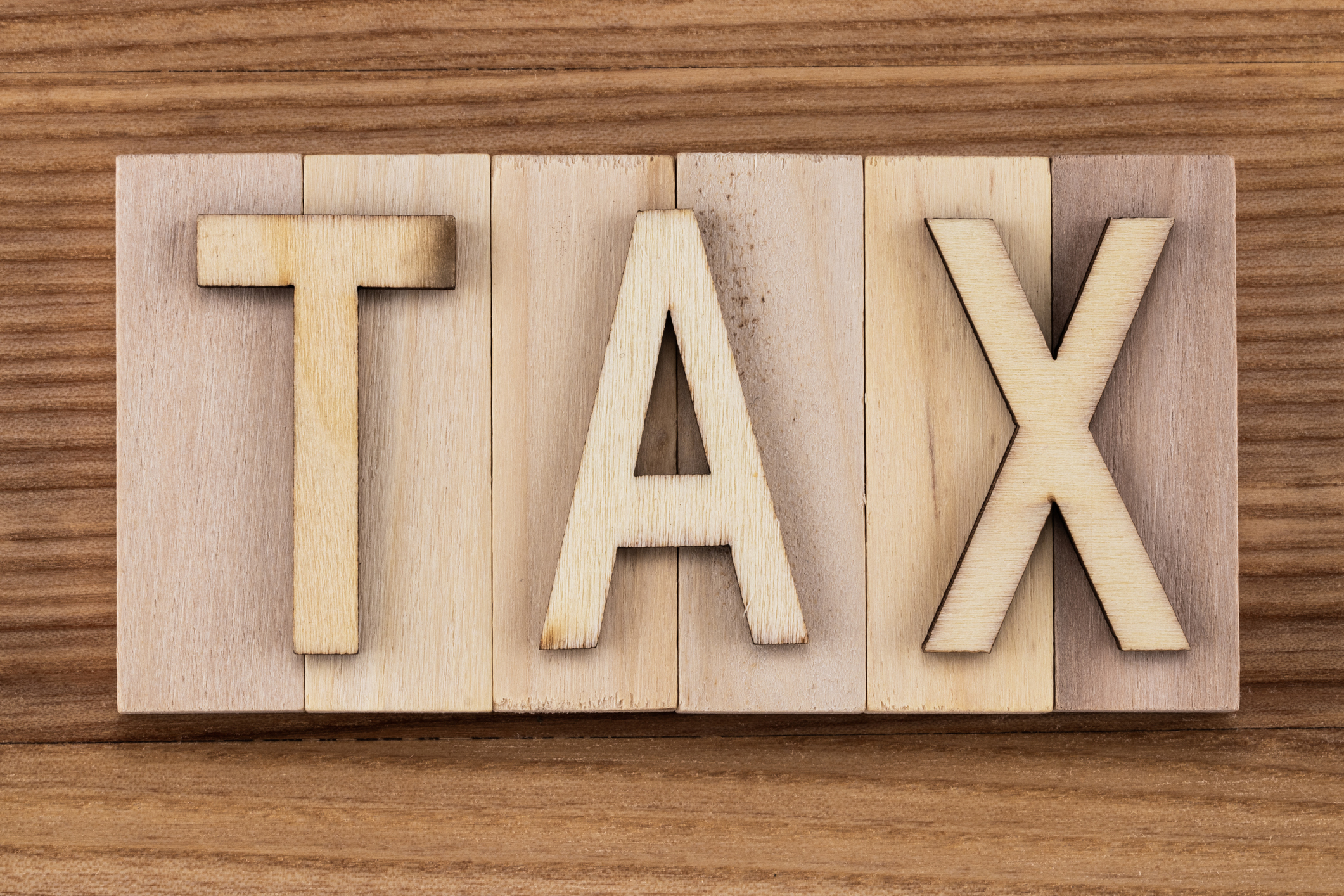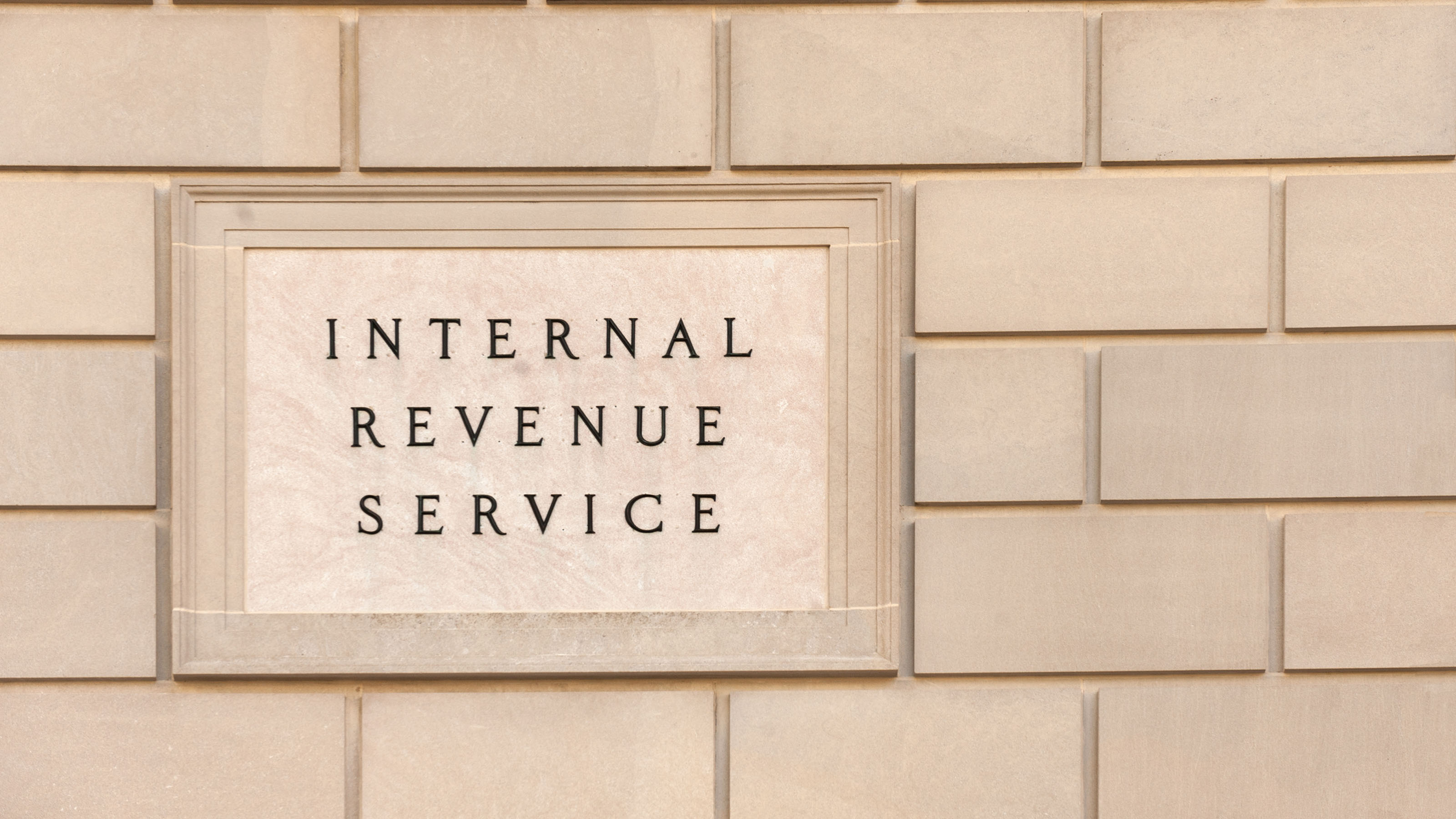How the IRS Taxes Retirement Income
It's important to know how common sources of retirement income are taxed at the federal and state levels.


Navigating taxes in retirement can be challenging. Your tax situation may differ from your working years due to income and tax bracket changes. Required withdrawals from retirement accounts and income from other sources can also affect your tax liabilities.
That’s why it's crucial to know how common sources of retirement income are taxed. Having this information can help you develop a tax-efficient strategy for your retirement years.
Retirement taxes 2025: What's new?
As it does every year, the IRS has made inflation adjustments that impact taxpayers, including retirees.
From just $107.88 $24.99 for Kiplinger Personal Finance
Become a smarter, better informed investor. Subscribe from just $107.88 $24.99, plus get up to 4 Special Issues

Sign up for Kiplinger’s Free Newsletters
Profit and prosper with the best of expert advice on investing, taxes, retirement, personal finance and more - straight to your e-mail.
Profit and prosper with the best of expert advice - straight to your e-mail.
- For example, the standard deduction has increased to $15,000 for single filers and $30,000 for married couples filing jointly.
- For those 65 and older, the extra standard deduction is $2,000 for singles. It's $1,600 per qualifying individual for those married filing jointly or separately.
- Additionally, individuals age 60 to 63 can now make so-called "super catch-up" contributions to their 401(k) plans under the SECURE 2.0 Act.
Those changes offer new opportunities for tax planning and potential retirement savings.
Now, let's dive into how the IRS taxes different types of retirement income.
Is retirement income taxable?
Comprehensive retirement planning involves considering various sources of income and understanding how they are taxed at the federal and state levels. But thankfully, there are several types of income the IRS doesn't tax.
For example, life insurance proceeds, long-term care insurance payments, disability benefits, muni bond interest, and alimony and child support are generally not taxable.
Additionally, earned income in states with no income tax isn't subject to tax at the state level.
Related: Types of Income the IRS Doesn't Tax
Still, your tax planning should consider the tax treatment of income from annuities, pensions, Social Security benefits, and retirement savings accounts.
You will also want to assess tax liability from various investments, earnings, and proceeds.
Here's a breakdown of some common retirement income sources and a brief description of their federal tax implications. (More below on state taxes on retirement income.)
How some income in retirement is taxed
Social Security Benefits: Depending on provisional income, up to 85% of Social Security benefits can be taxed by the IRS at ordinary income tax rates.
Pensions: Pension payments are generally fully taxable as ordinary income unless you made after-tax contributions.
Interest-Bearing Accounts: Interest payments are taxed at ordinary income rates, but municipal bond interest is exempt from federal tax and may be exempt from state tax.
Sales of Stocks, Bonds, and Mutual Funds: Long-term gains (held over a year) are taxed at 0%, 15%, or 20% capital gains tax rates, based on income thresholds. Net investment income tax (NIIT) factors in for some taxpayers. at a rate of 3.8%.
Dividends: Qualified dividends are taxed at long-term capital gains rates; non-qualified dividends are taxed as ordinary income based on your federal tax bracket.
Traditional IRAs and 401(k)s: Contributions to traditional IRAs and 401(k)s reduce your taxable income. However, withdrawals are taxed at ordinary income rates. Required minimum distributions (RMDs) start at age 73. Withdrawals before age 59 ½ are subject to a tax penalty.
Roth IRAs and Roth 401(k)s: Contributions to Roth accounts are not tax-deductible. However, withdrawals after five years following the first contribution are tax-free for Roth IRAs, including gains. Withdrawals before age 59 ½ are subject to a tax penalty.
Life Insurance Proceeds: Life insurance proceeds are generally not subject to tax when received as a beneficiary. However, surrendering a policy for cash may have tax implications.
Savings Bonds: Bond interest is generally taxable at ordinary income rates upon maturity or redemption but may be tax-free for education expenses if certain conditions are met.
Annuities: For annuities, the portion representing the principal is tax-free; earnings are taxed at ordinary income rates unless purchased with pre-tax funds.
Home Sales: Under the Section 121 home sale exclusion, primary home sale gains up to $250,000 ($500,000 for married couples) are excluded from income tax if specific ownership and use criteria are met.

Which states don't tax retirement income?
Crafting a tax-efficient retirement strategy requires careful consideration of various income sources and their tax implications.
- Seek professional guidance if you need help making decisions that maximize your retirement funds and minimize tax burdens.
Also, note that while this article focuses on federal taxes on different types of retirement income, it is essential to consider the impact of state and local taxes on your finances. (There are more than a dozen states that don't tax retirement income.)
To learn more about how all 50 states and the District of Columbia tax retirement, see Kiplinger’s report on Taxes in Retirement.
Read More
- When Do You Stop Paying Taxes on Social Security?
- These States Won't Tax Your Pension Income
- How All 50 States Tax Retirees
- Ten Retirement Tax Plan Moves to Make Before December 31
Profit and prosper with the best of Kiplinger's advice on investing, taxes, retirement, personal finance and much more. Delivered daily. Enter your email in the box and click Sign Me Up.

Kelley R. Taylor is the senior tax editor at Kiplinger.com, where she breaks down federal and state tax rules and news to help readers navigate their finances with confidence. A corporate attorney and business journalist with more than 20 years of experience, Kelley has covered issues ranging from partnerships, carried interest, compensation and benefits, and tax‑exempt organizations to RMDs, capital gains taxes, and income tax brackets. Her award‑winning work has been featured in numerous national and specialty publications.
-
 Changes Are Coming for This Invesco Bond Fund
Changes Are Coming for This Invesco Bond FundThe Invesco BulletShares 2026 Corporate Bond ETF's bonds will mature in 2026. Here's what investors should do.
-
 What Science Reveals About Money and a Happy Retirement
What Science Reveals About Money and a Happy RetirementWhether you’re still planning or already retired, these research-based insights point the way to your best post-work life.
-
 7 Retirement Planning Trends: What They Mean for You in 2026
7 Retirement Planning Trends: What They Mean for You in 2026From government shutdowns to market swings, the past 12 months have been nothing if not eventful. The key trends can help you improve your own financial plan.
-
 Retirees in These 7 States Could Pay Less Property Taxes Next Year
Retirees in These 7 States Could Pay Less Property Taxes Next YearState Taxes Retirement property tax bills could be up to 65% cheaper for some older adults in 2026. Do you qualify?
-
 Estate Tax Quiz: Can You Pass the Test on the 40% Federal Rate?
Estate Tax Quiz: Can You Pass the Test on the 40% Federal Rate?Quiz How well do you know the new 2026 IRS rules for wealth transfer and the specific tax brackets that affect your heirs? Let's find out!
-
 'The 'Mamdani Effect' in New York: Can the City Afford a Millionaire Tax?
'The 'Mamdani Effect' in New York: Can the City Afford a Millionaire Tax?State Tax Will higher income taxes drive the wealthy to flee New York in 2026?
-
 Law Reversal Looming? Trump Eyes 2026 Gambling Winnings Tax Change
Law Reversal Looming? Trump Eyes 2026 Gambling Winnings Tax ChangeTax Deductions It's no secret that the IRS is coming after your gambling winnings in 2026. But how long will that last?
-
 Trump's Plan to Eliminate Income Tax: 7 Things to Know Now
Trump's Plan to Eliminate Income Tax: 7 Things to Know NowTax Policy The potential consequences of eliminating taxes in favor of Trump tariffs could impact everything from inflation to Social Security and might give some U.S. taxpayers pause.
-
 5 Types of Gifts the IRS Won’t Tax: Even If They’re Big
5 Types of Gifts the IRS Won’t Tax: Even If They’re BigGift Tax Several categories of gifts don’t count toward annual gift tax limits. Here's what you need to know.
-
 The 'Scrooge' Strategy: How to Turn Your Old Junk Into a Tax Deduction
The 'Scrooge' Strategy: How to Turn Your Old Junk Into a Tax DeductionTax Deductions We break down the IRS rules for non-cash charitable contributions. Plus, here's a handy checklist before you donate to charity this year.
-
 IRS Says You Made a Tax Return Mistake? A New Law Could Help You Fight Back
IRS Says You Made a Tax Return Mistake? A New Law Could Help You Fight BackTax Law Updated taxpayer protections change what the IRS must explain on error notices and how long you have to respond.